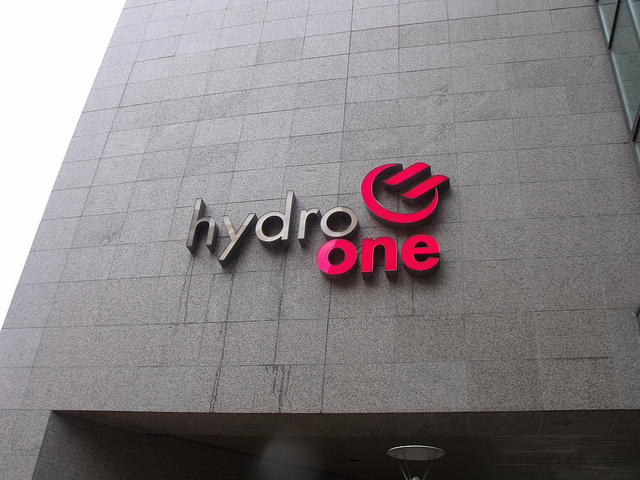One of the strangest arguments advanced for the Ontario government’s sell-off of revenue-generating assets is that Ontario has to do it because it can’t borrow enough to support the province’s infrastructure renewal requirements.
It is a strange argument at a number of levels. First, there is absolutely no evidence that Ontario is anywhere near hitting a debt wall. Selling attractive debt securities into a market that is hungry for secure investments in stable jurisdictions, Ontario’s bond issues are always oversubscribed at attractive borrowing terms. Where it really counts — in the real world where people are paying real money for the right to a stream of future interest payments from the province — the signals from the market are positive, not negative.
Second, on the measure that is most important to lenders — the borrower’s ability to service the debt — Ontario hasn’t been in a better position from the lender’s perspective in decades. Whether measured as a share of GDP or as a share of provincial own-source revenue, the economic impact of Ontario’s debt service costs is nearing generational lows.
Third, when you look at the transactions being proposed from a lender’s perspective, they just don’t make sense if the objective is to make lending to Ontario more attractive. Analogies to personal finances don’t often make sense when it comes to governments, but in this instance they do. Think about approaching your bank manager for a loan. You walk in happily to tell the manager that you’ve sold your house and spent the proceeds, and that you are now renting your house from the person who bought it. Do you think the bank manager is going to ignore the fact that you no longer have a major asset — your house — and that instead of getting income from that asset in the form of housing for you and your family, you are now going to have to pay rent?
By the same token, lenders to Ontario are not going to ignore the fact that the province’s income-generating asset base has gone down, and it no longer enjoys the steady stream of income that asset used to produce.
Fourth, like most of the arguments for debt-shifting, whether it involves selling assets that provide public services, as is the case with the “asset optimization” exercise currently in vogue in Ontario, or contracting with third parties to provide public services through public-private partnerships (P3s), the underlying assumption is that lenders are not rational. The argument assumes that lenders will ignore the fact that, along with its income-generating assets, the government has sold a stream of income that had previously supported its ability to service its debts. It also assumes that lenders will ignore the fact that an obligation to make a stream of payments to a P3 provider over the life of a contract to cover the P3 provider’s costs — including its costs of borrowing — has the same impact on the province’s ability to service its debts as would borrowing the money itself.
Finally, these arguments ignore a basic investment marketplace reality. No entity — no corporation, no P3, no individual — can borrow money as cheaply as a government for one simple reason: Investors know that when they lend money to a government, that loan is backed more strongly than any other loan can be, because it is backed by the tax base of the entire population. This means that regardless of how the deal is structured, when government chooses to borrow indirectly (through private borrowers) it will inevitably cost more. And the more it costs, the less we can do.
Which brings us to the fundamental point: To the extent that Ontario faces any limits on its ability to borrow, those limits are related to its ability to service the resultant debt — to pay the interest costs. And that brings us back to the province’s fiscal capacity and, in particular, its revenue base. In the past few years, a remarkably broad consensus has emerged, saying that Ontario doesn’t have a spending problem, it has a revenue problem. A couple of decades of tax cuts we could not afford have left the province with a massive infrastructure deficit and a yawning gap between the public services we need and the revenue system to support those services.
That reality — and the consequent need for an adult conversation about taxes and public services — is the elephant in the room. And “asset optimization” is just another way for the government to avoid it.
Hugh Mackenzie is a CCPA research associate. Follow him on Twitter: @mackhugh
Photo: dehghanr/flickr



